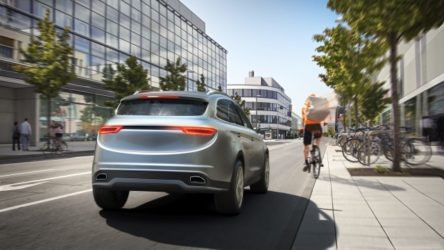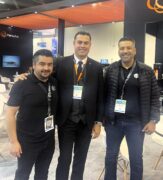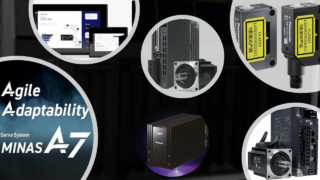Good things come in threes – and automated driving is no exception. Before safe automated driving can become a reality, a third sensor principle is needed in addition to camera and radar. Consequently, Bosch is making long-range lidar sensors production-ready – the first lidar (light detection and ranging) system that is suitable for automotive use. This laser-based distance measurement technology is indispensable for driving functions at SAE Levels 3 to 5. The new Bosch sensor will cover both long and close ranges – on highways and in the city. By exploiting economies of scale, Bosch wants to reduce the price for the sophisticated technology and render it suitable for the mass market. “By filling the sensor gap, Bosch is making automated driving a viable possibility in the first place,” says Bosch management board member Harald Kroeger.
„By filling the sensor gap, Bosch is making automated driving a viable possibility in the first place,“ says Bosch management board member Harald Kroeger.
Bosch technology is alert to all automated driving situations
Only the parallel deployment of three sensor principles ensures that automated driving will offer maximum safety when it is rolled out. This has been confirmed by Bosch analyses, where developers investigated all use cases of automated driving functions – from highway assist to fully automated driving in cities. For example, if a motorcycle approaches an automated vehicle at high speed at a junction, lidar is needed in addition to camera and radar to ensure the reliable sensing of the two-wheeler. In this instance, radar can struggle to detect the bike’s narrow silhouette and plastic fairings. Moreover, a camera can always be dazzled by harsh light falling on it. As such, there is a need for radar, camera, and lidar, with the three technologies complementing each other perfectly and delivering reliable information in every driving situation.










